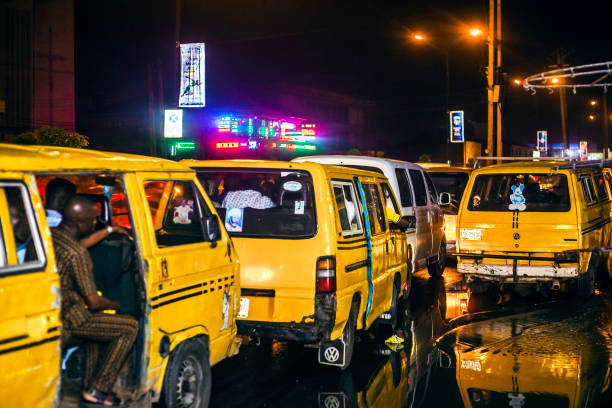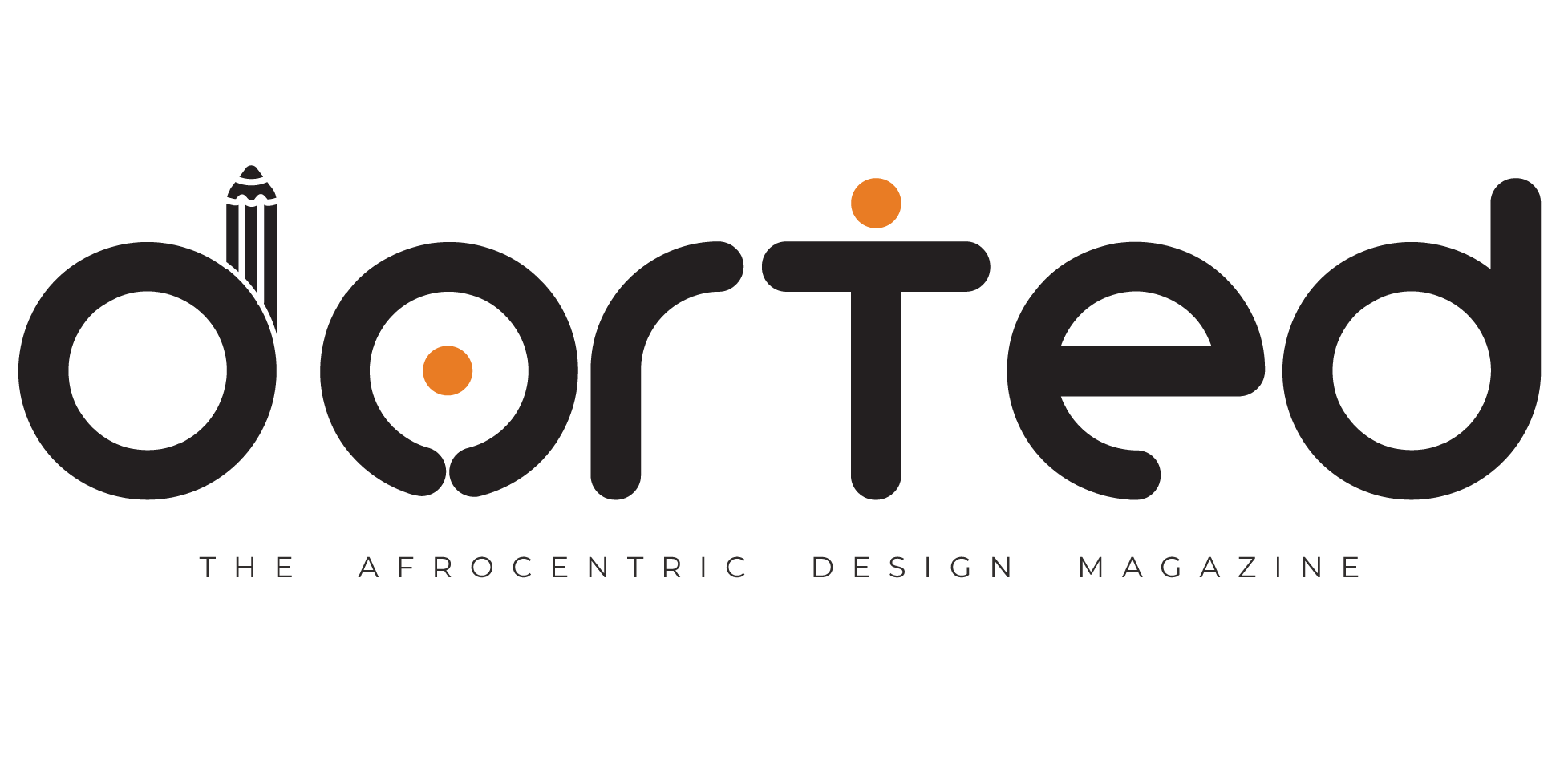
When the Sun Sets, the City Changes!
For too long, architecture and urban planning in Nigeria have treated daylight hours as the full story. But every major Nigerian city—Lagos, Abuja, Port Harcourt, Kano—has two faces:
- The daytime city of work, traffic, business, and bureaucracy.
- The nighttime city of leisure, danger, commerce, romance, and survival.
When the sun goes down, entire sub-economies wake up: night markets, bars, gardens, Worship centres, suya joints, transportation hubs, concerts, and prayer vigils.
Yet, most of our buildings and public spaces are not designed for this half of urban life.

Why the Nighttime City Matters
- Economic Powerhouse
- Nigeria’s informal night economy is massive.
- Bars, restaurants, markets, clubs, transportation, religious gatherings, security services, and healthcare—all thrive after dark.
- Social Life
- For many, especially workers, nighttime is when social, family, and cultural life happens.
- Security and Safety
- Poorly lit streets invite crime.
- Safe nighttime design discourages criminality.
- Public Health
- Nighttime recreation can reduce stress and improve mental health.
- Well-designed parks and public spaces promote healthier lifestyles.
- Inclusivity
- Women, the elderly, and vulnerable populations deserve access to safe nighttime mobility and recreation.

The Architecture of the After-Dark City
Designing for nighttime requires rethinking:
- Lighting
- Functional but not harsh.
- Layered lighting for beauty, safety, and navigation.
- Solar-powered and grid-independent options for power stability.
- Public Transport Hubs
- Bus stops, train stations, and ride-share zones that remain safe and functional after sunset.
- Wayfinding
- Clear signage, illuminated pathways, and landmark lighting.
- Mixed-Use Zoning
- Shops, eateries, and services that operate beyond 9-5.
- Walkable neighbourhoods that remain vibrant after dark.
- Street Design
- Wider sidewalks.
- Active frontages that discourage loitering and crime.
- Street-level activity that fosters passive surveillance.
- Parks and Plazas
- Public gathering spaces designed to feel safe at night.
- Well-lit, well-maintained, and open to organized night events.
- Emergency Access
- Visibility, clear address markings, and quick access to emergency services.

The Nigerian Context: Our Unique After-Dark Spaces
- Night Markets (Kasuwa n Dare): food, fabrics, electronics.
- Religious Centres: night vigils, revival programs.
- Transport Parks: long-distance night buses.
- Suya Spots & Gardens: social hubs for evening relaxation.
- Street Vendors & Corn Sellers: Urban Culture Staples.
- Motor Parks: active at odd hours for intercity travellers.
- “Gardens” in Abuja: evening dining and social hangouts.
Challenges We Must Overcome
- Unreliable electricity supply.
- Poor maintenance culture.
- Fear of crime.
- Informality clashing with regulatory frameworks.
- Weak enforcement of urban codes.
- Neglect of public spaces by government.

The Role of the Architect and Urban Designer
- Lead design thinking that anticipates 24-hour use cycles.
- Partner with security experts, lighting consultants, and behavioural scientists.
- Design flexible public spaces that serve different users at different hours.
- Use technology—smart lighting, surveillance integration, and IoT-powered public systems.
- Advocate for policies that recognize the economic power of the night economy.
- Design cities that are welcoming after dark, not hostile.
Global Inspirations
- London: “Night Czar” office coordinating night economy.
- New York: 24-hour subway informing urban design.
- Singapore: Beautifully lit public parks open late.
- Amsterdam: Balanced nightlife zoning for safety.
Nigeria can develop its own uniquely African model.

Cities That Sleep Waste Half Their Potential
A great city is not to be confounded with a populous one.
—Aristotle
Nigerian cities are growing, but are they living?
Nighttime design is not a luxury—it is the next frontier of urban livability, safety, and economic vitality.
- We must design cities that work 24/7.
- We must protect citizens who live and work after dark.
- We must create spaces where life continues safely, beautifully, and profitably long after the sun goes down.
The city does not sleep; why should its architecture?
Written by:
Arc. Biola Akinola, mnia
Dorted community member
Discover more from dorted
Subscribe to get the latest posts sent to your email.







